Etienne Léopold Trouvelot sketched the cosmos for Harvard. His pastels capture solar flares, eclipses, star clusters, and Jupiter’s biggest storm.


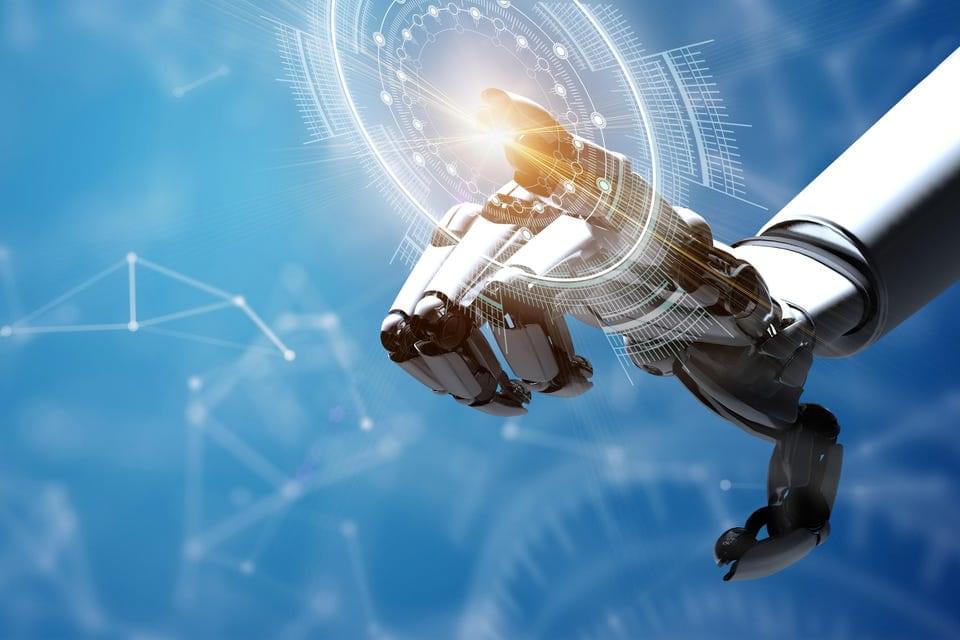
About six years ago, the CEO of Toyota Research Institute published a seminal paper about whether a Cambrian explosion was coming for robotics. The term “Cambrian explosion” refers to an important event approximately half a billion years ago in which there was a rapid expansion of different forms of life on earth. There are parallels with the field of robotics as modern technological advancements are fueling an analogous explosion in the diversification and applicability of robots. Today, we’re seeing this Cambrian explosion of robotics unfolding, and consequently, many distinct patterns are emerging. I’ll outline the top three trends that are rapidly evolving in the robotics space and that are most likely to dominate for years to come.
1. The Democratization Of AI And The Convergence Of Technologies.
The birth and proliferation of AI-powered robots are happening because of the democratization of AI. For example, open-source machine learning frameworks are now broadly accessible; AI algorithms are now in the open domain in cloud-based repositories like GitHub; and influential publications on deep learning from top schools can now be downloaded. We now have access to more computing power (e.g., Nvidia GPUs, Omniverse, etc.), data, cloud-computing platforms (e.g., Amazon AWS), new hardware and advanced engineering. Many robotics startup companies are capitalizing on this “super evolution” of technology to build more intelligent and more capable machines.
And, depending on how further studies progress, it could be implemented via gene therapy.
Early-stage pancreatic cancer has a ‘reset button’
“These findings open up the possibility of designing a new gene therapy or drug because now we can convert cancerous cells back into their normal state,” said Professor Bumsoo Han of Purdue’s mechanical engineering, who is also the program leader for the university’s Center for Cancer Research, in a blog post shared on the university’s official website. Han has also received a courtesy appointment in biomedical engineering, according to the post. The new time machine (speaking figuratively) from Han’s lab is a lifelike reproduction of a specific structure of the pancreas, called the acinus, which secretes and produces digestive enzymes into the small intestine. When pancreatic cancer strikes, it typically comes from chronic inflammation, which is caused by a mutation that tricks the digestive enzymes to begin digesting the pancreas itself. This is bad.
And it’s not a Tesla.
Swiss multinational company ABB a reputed name in the power and automation sectors has formally launched its electric vehicle charger, Terra 360 which is not only the fastest but can also power up to four vehicles at a time, said a company press release.
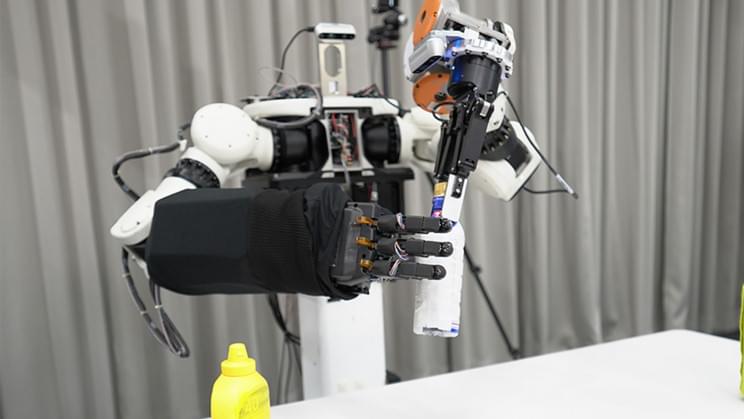
Creating next-gen technology to supercharge the second space race.
Honda has recently released their plans to build eVTOLs, robots, and even potentially help colonize the moon. All very noble and ambitious plans, but those, Honda says, that are being put in place to help solve issues beyond just transportation.
What is this world with a simple idea and lots of engineering? Father-son duo power regular trucks with military jet engines and almost make them fly.
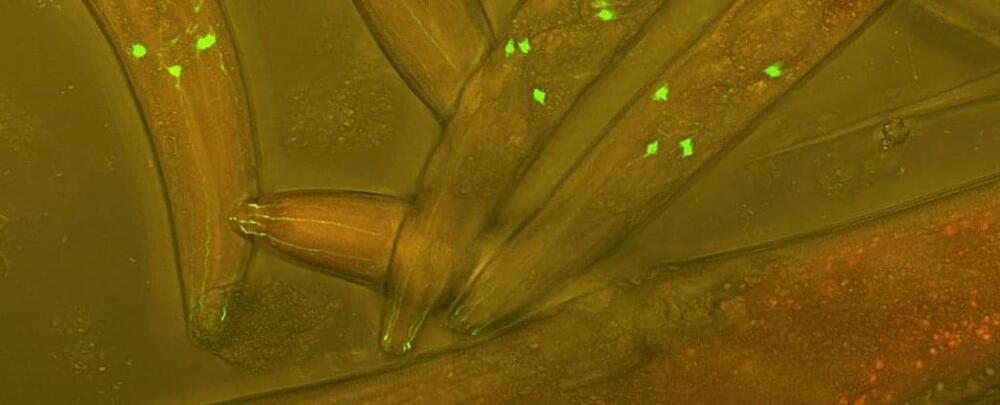
Brains aren’t the easiest of organs to study, what with their delicate wiring and subtle whispering of neurotransmitter messages. Now, this research could be made a little easier, as we’ve learned we can swap some critical chemical systems with the host animal being none the wiser.
In a proof-of-concept study run by a team of US researchers, the microscopic worm Caenorhabditis elegans was genetically gifted pieces of a nervous system taken from a radically different creature – a curious freshwater organism known as Hydra.
The swap wasn’t unlike teaching a specific brain circuit a foreign language, and finding it performs its job just as well as before.
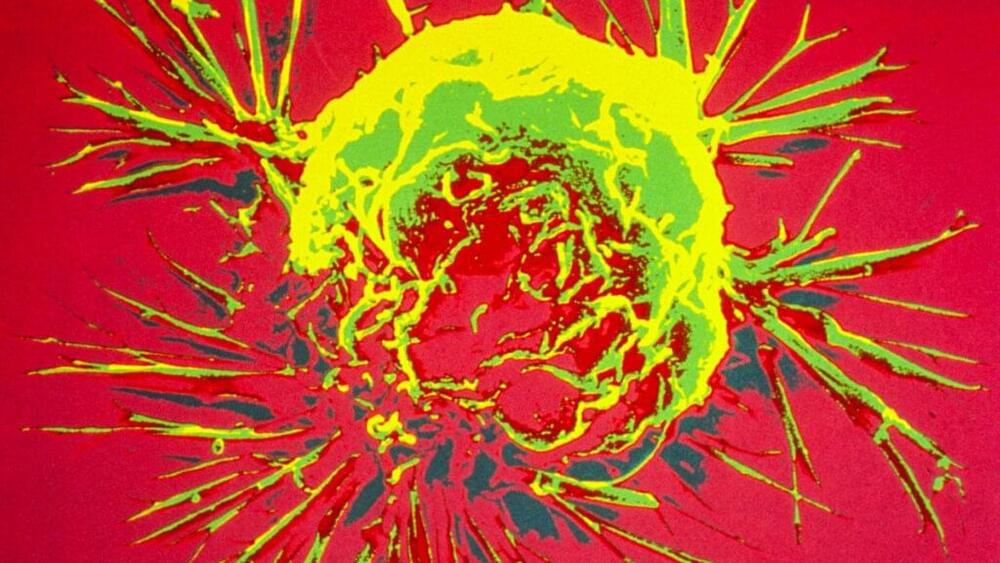
Genetic information can be messy. Mapping proteins could offer a clearer view of what’s driving cancer.
Scientists have unveiled new maps of the protein networks underlying different types of cancer, offering a potentially clearer way to see what’s driving the disease and to find therapeutic targets.
Sequencing the genetic information of tumors can provide a trove of data about the mutations contained in those cancer cells. Some of those mutations help doctors figure out the best way to treat a patient, but others remain more of a mystery than a clear instruction manual. Many are exceedingly rare, or there are so many mutations it’s not clear what’s fueling the cancer.
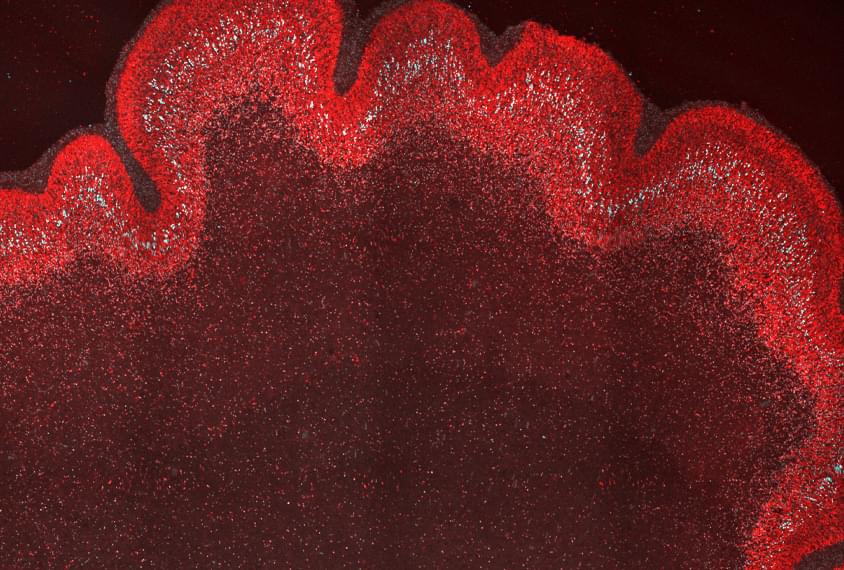

Researchers at McGill University have developed the strongest and toughest glass ever known. Inspired, in part, by the inner layer of mollusk shells, this glass does not shatter when hit, and acts more like plastic.
The material, once commercially viable, could be used to improve cell phone screens, among other applications in the future.
Interestingly, this may be an example of modern science rediscovering an old technology, now long lost.